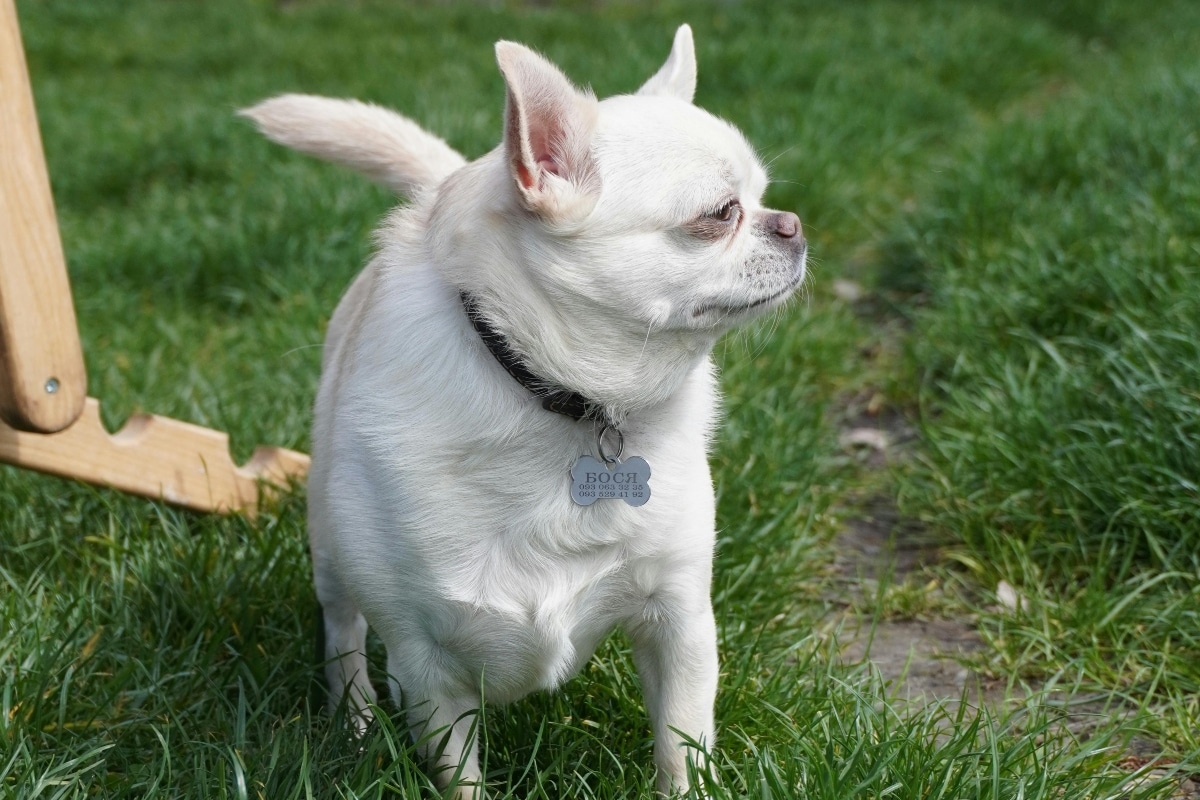 Shutterstock
Shutterstock
Dogs can’t speak, but they’re masters at showing when they’re annoyed—often in quiet, subtle ways. Instead of barking up a storm, they might give you a dramatic sigh, avoid eye contact, or serve up a solid side-eye. These low-key signals can be easy to miss but speak volumes. Understanding your pup’s irritation cues helps you respect their boundaries and keep the peace. Because nothing says “we’re cool” like recognizing when your dog needs space before they walk off like a tiny, furry diva.
The Slow Head Turn
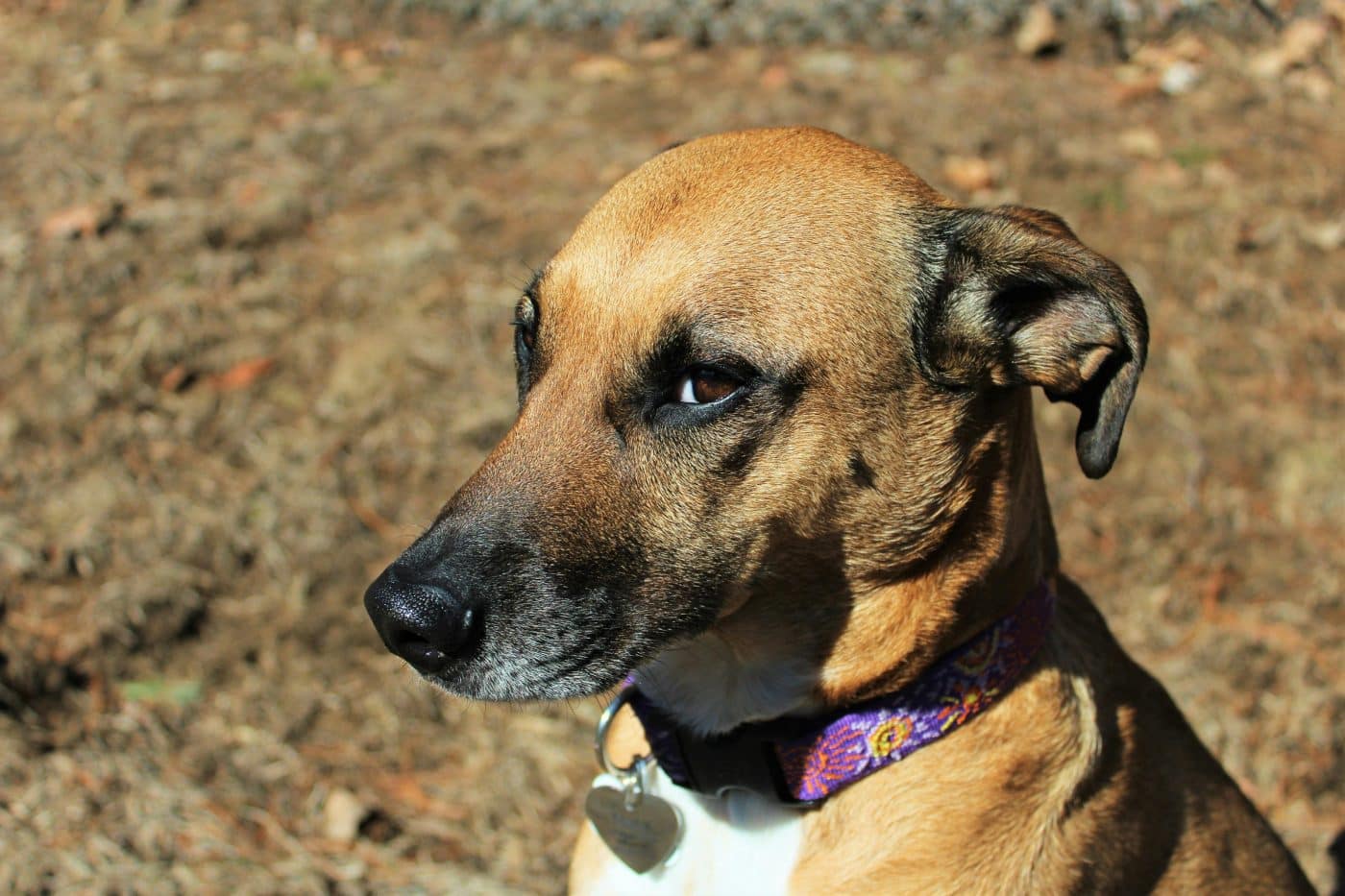 Shutterstock
Shutterstock
When your dog turns their head away from you slowly, especially when you’re trying to pet them or talk to them, they’re likely feeling annoyed or overwhelmed. This is their way of saying, “Nope, not into this right now.” It’s a subtle form of avoidance that helps them create space without escalating the situation. You’ll often see this paired with tight lips or a still body. If your dog starts channeling their inner dramatic teen and looking off into the distance mid-cuddle, it’s time to back off.
Side-Eye (Whale Eye)
 Shutterstock
Shutterstock
Whale eye is when your dog turns their head away but keeps their eyes locked on you, showing the whites of their eyes in the process. It’s the canine equivalent of a suspicious side-eye, and it usually means, “I see what you’re doing, and I don’t like it.” Dogs use their whale eye to show discomfort or annoyance, especially if they feel cornered or forced into something. It’s a polite way of expressing, “I’m not okay with this, and I might escalate if you don’t back up.”
Excessive Licking of the Lips
 Shutterstock
Shutterstock
While dogs lick their lips when they’re hungry or after a treat, excessive or repetitive lip licking can be a sign of stress or irritation. It’s often overlooked, but this behavior is your dog’s way of trying to self-soothe. If you’re petting them or asking them to do something and they suddenly start licking their lips like they’re in a peanut butter commercial—with no peanut butter in sight—it may be time to give them a break. It’s the dog equivalent of passive-aggressively sighing during a meeting.
 Shutterstock
Shutterstock
When your dog suddenly refuses to look at you, especially after you’ve done something annoying like trimming their nails or calling them out for stealing your socks, it’s a sign they’re over it. Avoiding eye contact is your pup’s version of the silent treatment. It’s not fear—it’s a clear message of irritation and a signal that they want to be left alone. Combine this with turning their head or body away, and you’ve got a four-legged sulker on your hands.
Walking Away
 Shutterstock
Shutterstock
Few things say “I’m done here” as clearly as a dog who gets up and leaves the room. If your dog walks away mid-cuddle, training session, or playtime, chances are they’re feeling overstimulated or irritated. This isn’t them being disloyal—it’s their polite way of saying, “This interaction is no longer serving me.” Respect their boundary, and they’ll likely come back when they’ve cooled off. But if you chase after them begging for snuggles, prepare to be judged hard.
Ears Pinned Back
 Shutterstock
Shutterstock
While pinned-back ears can indicate fear, they can also signal frustration or annoyance, especially when paired with stiff body language or other subtle cues. If your dog’s ears are normally upright or relaxed and suddenly shift backward, it’s time to check what’s happening. Are you brushing a knot they don’t like? Holding them in place for a photo? Pinned ears can be their quiet way of saying, “This activity is not on my favorites list.”
Low, Huffy Sighs
 Shutterstock
Shutterstock
A deep, dramatic sigh can be a sign your dog is annoyed, especially if it comes after you’ve interrupted their nap, cuddled too long, or refused them that third treat. It’s the auditory version of an eye roll. While it’s not a red alert, it’s definitely a “you’re testing my patience” moment. Respect the sign, and you might avoid the walk-away.
Flicking Their Tail Abruptly
 Shutterstock
Shutterstock
A happy wagging tail is great. A stiff, quick flick of the tail? Not so much. If your dog gives a sharp tail flick when you pet them or talk to them, especially if it’s a single motion or repeated in a tense manner, it could mean they’re annoyed. Think of it as a canine eye twitch—fast, irritated, and definitely not an invitation to keep going. If you don’t take the hint, the next sign might involve them relocating to the opposite side of the couch.
Pawing or Pushing Away
 Shutterstock
Shutterstock
If your dog uses their paw to push your hand away when you’re petting them, it’s a not-so-subtle message that says, “No, thank you.” Some dogs will even use their nose or body to nudge you off when they’re not in the mood. This gesture can be gentle, but the message is clear: “That’s enough.” Just because your dog loves you doesn’t mean they want 24/7 affection, especially if it involves dressing them in matching outfits.
Sudden Scratching or Grooming
 Shutterstock
Shutterstock
Dogs sometimes scratch or start grooming themselves out of nowhere—not because they’re itchy, but because they’re trying to redirect their irritation. This displacement behavior is a subtle way for them to release tension or avoid conflict. If your dog starts licking their paw or scratching behind their ear while you’re trying to engage with them, it might be their way of saying, “I’m done with this conversation.” It’s the canine version of checking your phone mid-argument.
Slow Blinking or Blinking Excessively
 Shutterstock
Shutterstock
While slow blinking in cats is a sign of affection, in dogs it can sometimes be a sign of discomfort or mild annoyance. If your dog starts blinking more than usual or gives you a few slow blinks while you’re fussing over them, it might mean they’re feeling uneasy or unimpressed. Watch for other body language cues like head turning or lip licking to interpret it properly. In dog-speak, this can mean, “Please stop before I make this awkward.”
Turning Their Back on You
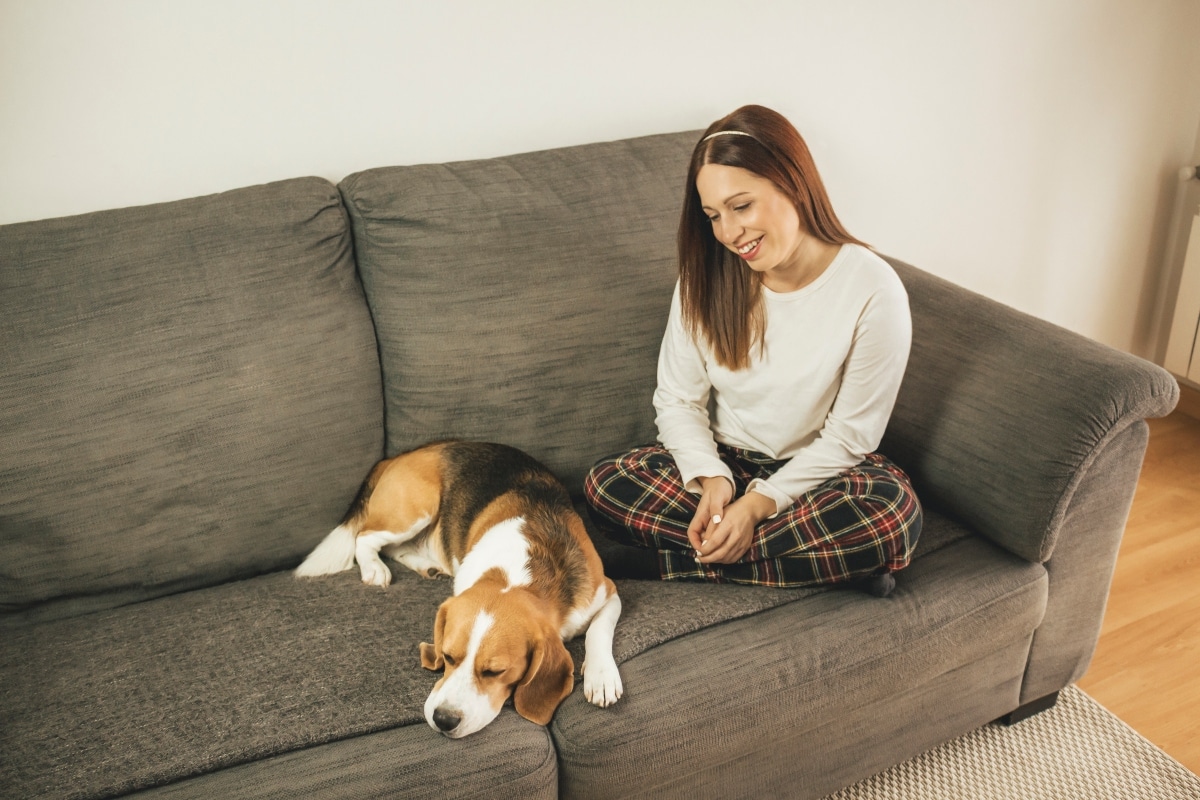 Shutterstock
Shutterstock
If your dog suddenly turns their back to you—especially after an interaction they didn’t enjoy—it’s not just a coincidence. Dogs often use this body language as a subtle way to show disinterest or annoyance. It’s like they’re saying, “You may speak to my tail now.” This is a low-key sign that they’re not happy with the current situation and need a little space. Consider it the canine version of leaving your text on “read.”
Refusing Treats
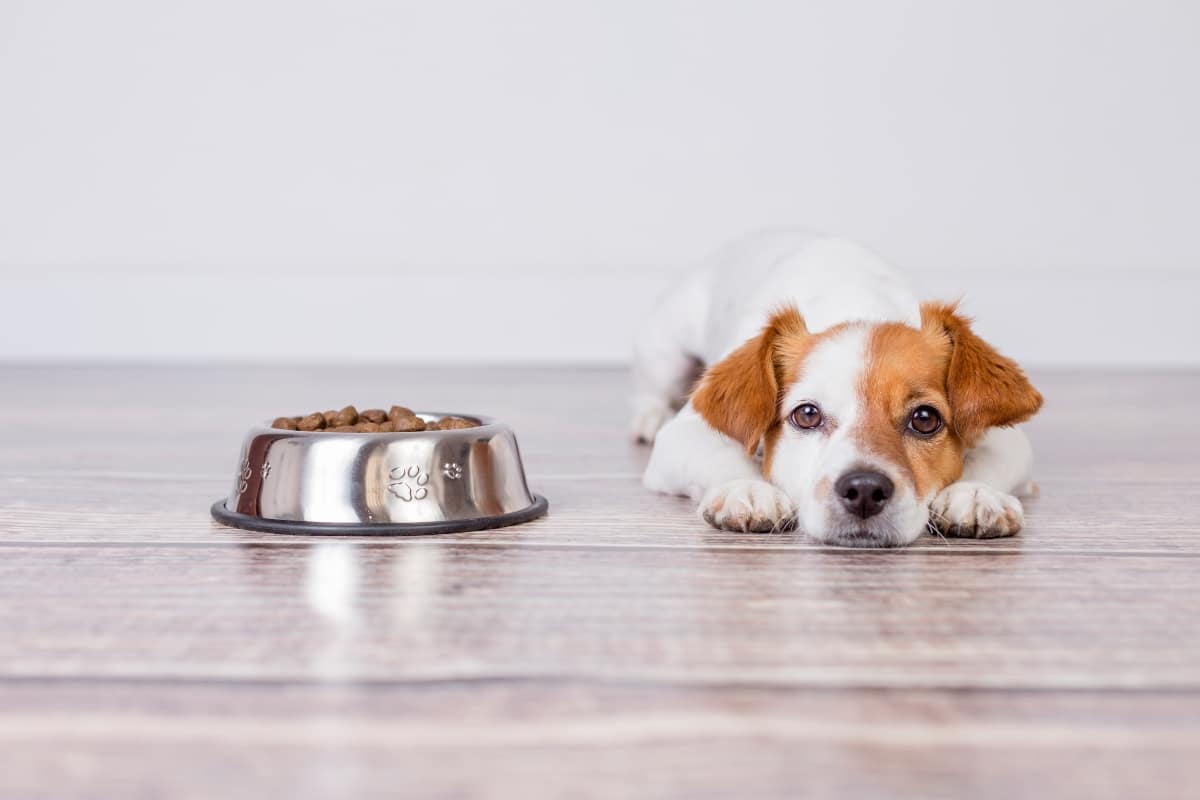 Shutterstock
Shutterstock
Now you know your dog is annoyed if they’re refusing a treat. When a normally food-motivated pup turns their nose up at a snack, it’s often a sign that they’re irritated, overwhelmed, or simply not feeling the vibe. This usually happens after repeated attempts to engage them when they’re clearly not interested. Their silence, in this case, is loud. If bacon can’t win them over, you might want to let them chill.
Flattened Facial Expressions
 Shutterstock
Shutterstock
Dogs have expressive faces, and when they’re annoyed, their whole vibe can go from “happy-go-lucky” to “over-it” in seconds. Look for signs like tight lips, narrowed eyes, and furrowed brows. It’s as if they’re trying to telepathically communicate, “Get it together, human.” This face usually comes right before a head turn, sigh, or slow walk away. If you see it, take the hint—they’re not in the mood for fetch, selfies, or interpretive dance right now.
Backing Away Slowly
 Shutterstock
Shutterstock
If your dog starts backing up during an interaction—especially without turning fully around—they’re showing discomfort in a polite but clear way. It’s the canine version of moonwalking out of an awkward situation. They’re still facing you, but their body is saying, “I would like to leave this narrative.” Don’t force the moment—give them space, and they’ll come back when they’re ready to forgive your cringeworthy attempts at singing their name in five octaves.
The Sass is Strong with This One
 Shutterstock
Shutterstock
Your dog may be sweet, loyal, and filled with love, but even angels get annoyed. Whether it’s the slow head turn, the heavy sigh, or the silent protest of walking away mid-cuddle, these subtle signs say, “I need a minute.” Paying attention to your pup’s low-key signals keeps the peace and avoids pushing their buttons. Plus, if you’re fluent in dog sass, you’re officially part of the cool pack. Just don’t expect a thank-you card—dogs show gratitude through tail thumps and not biting your shoe.

 4 weeks ago
18
4 weeks ago
18


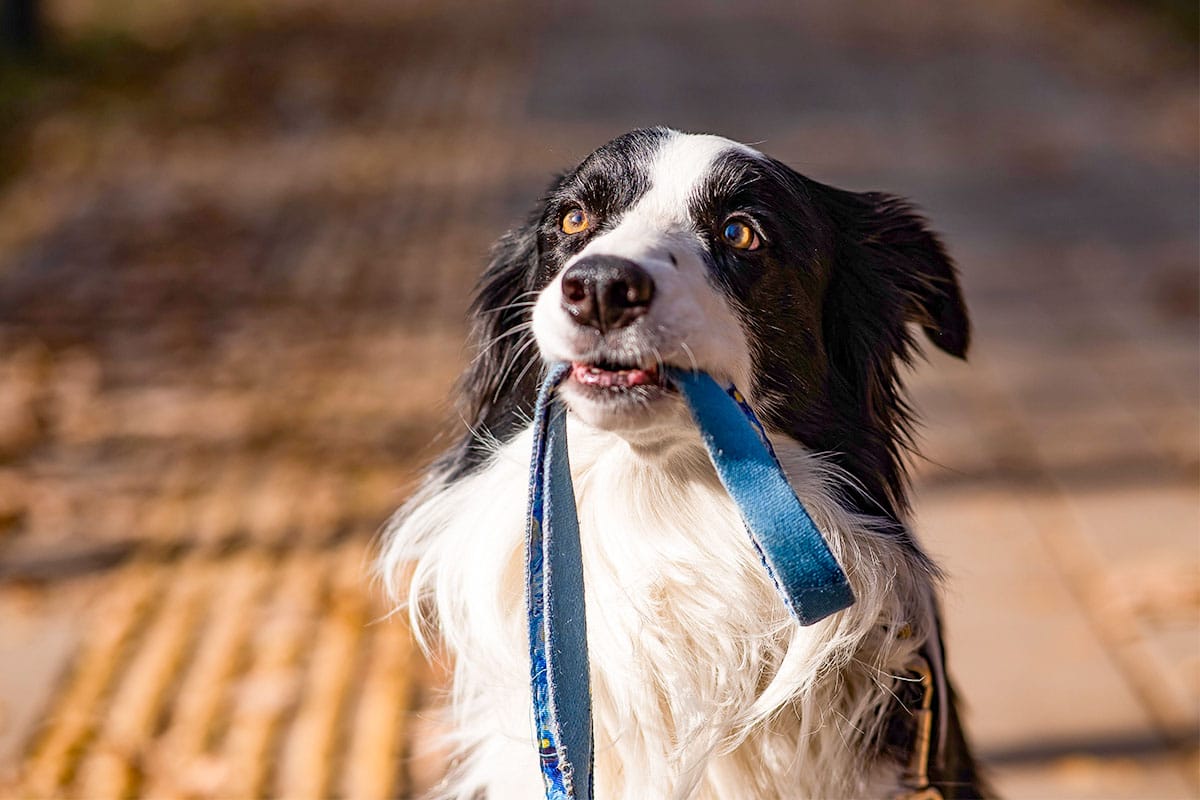



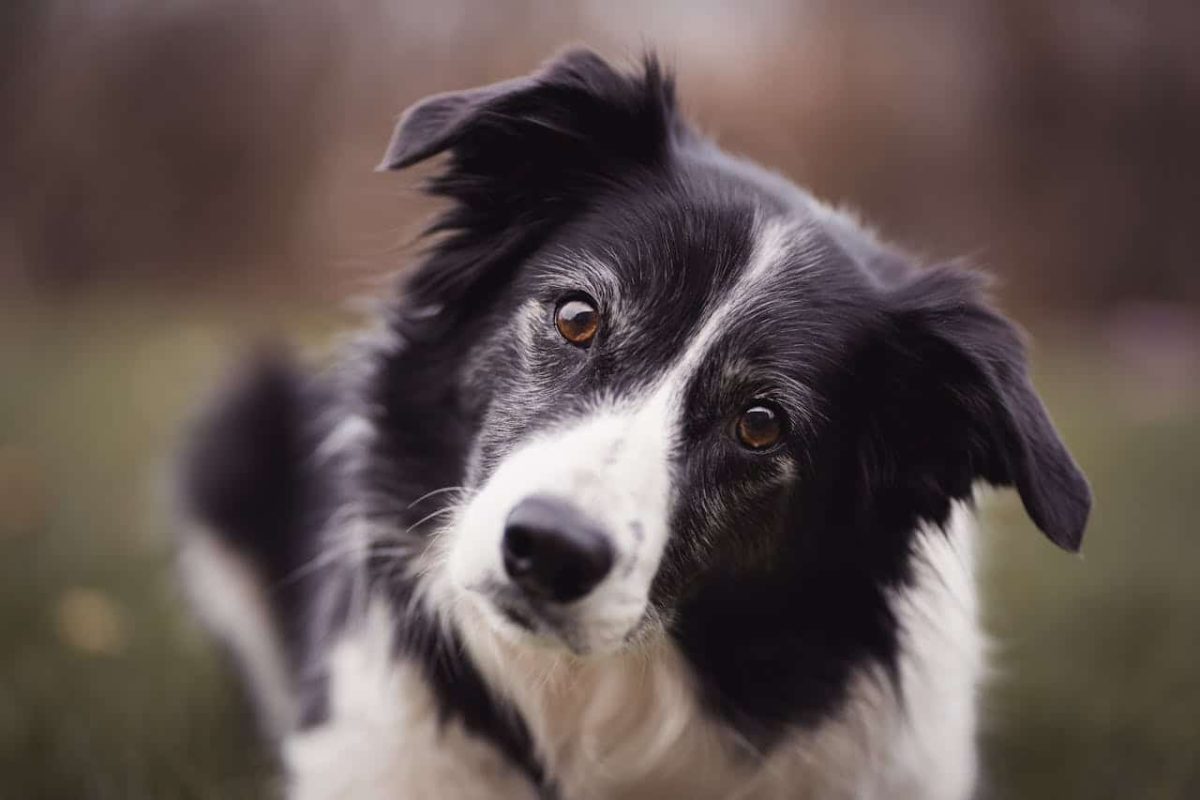
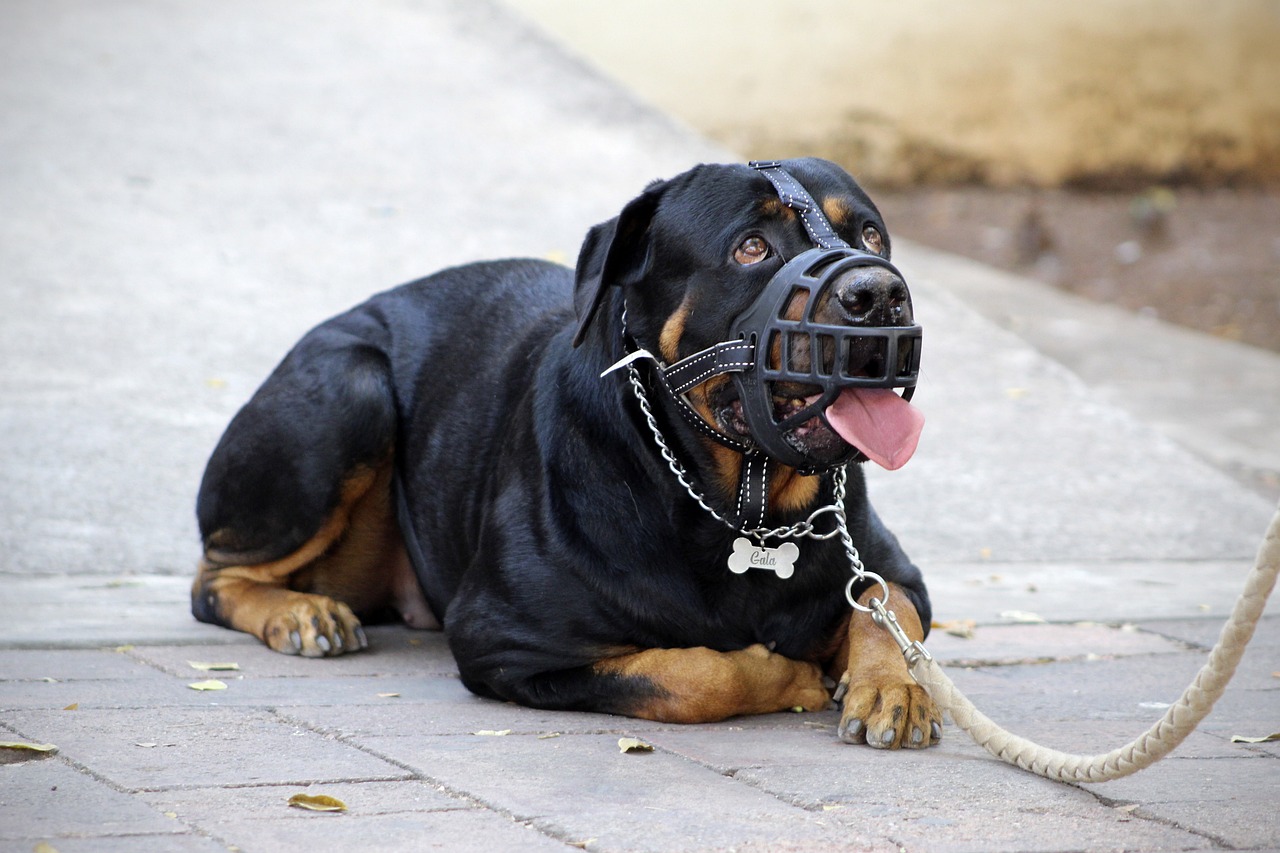





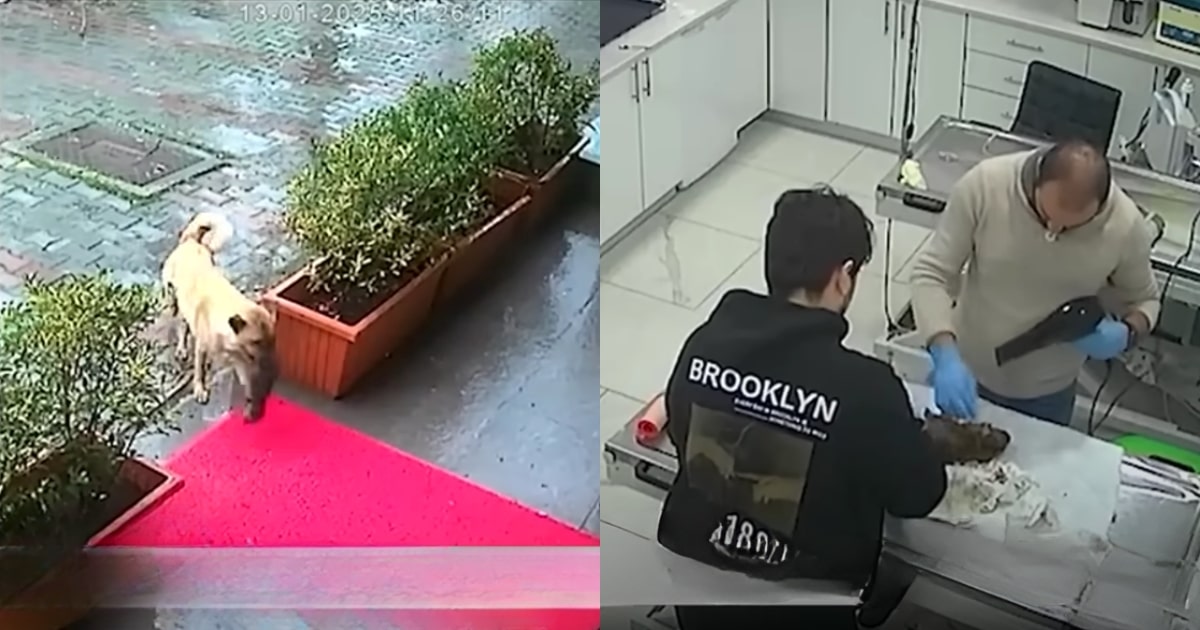




 English (US) ·
English (US) ·